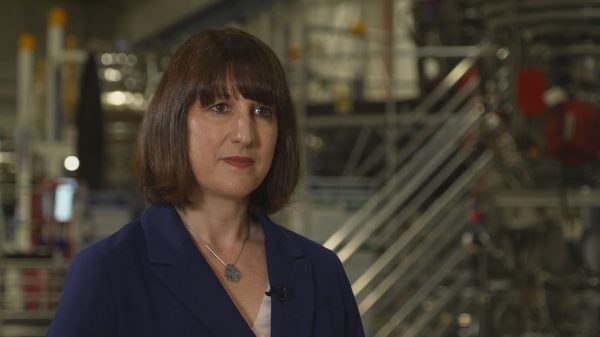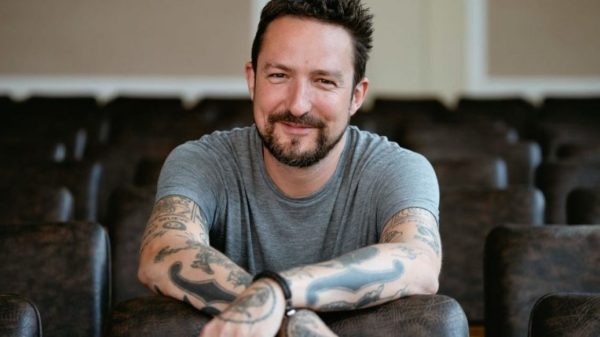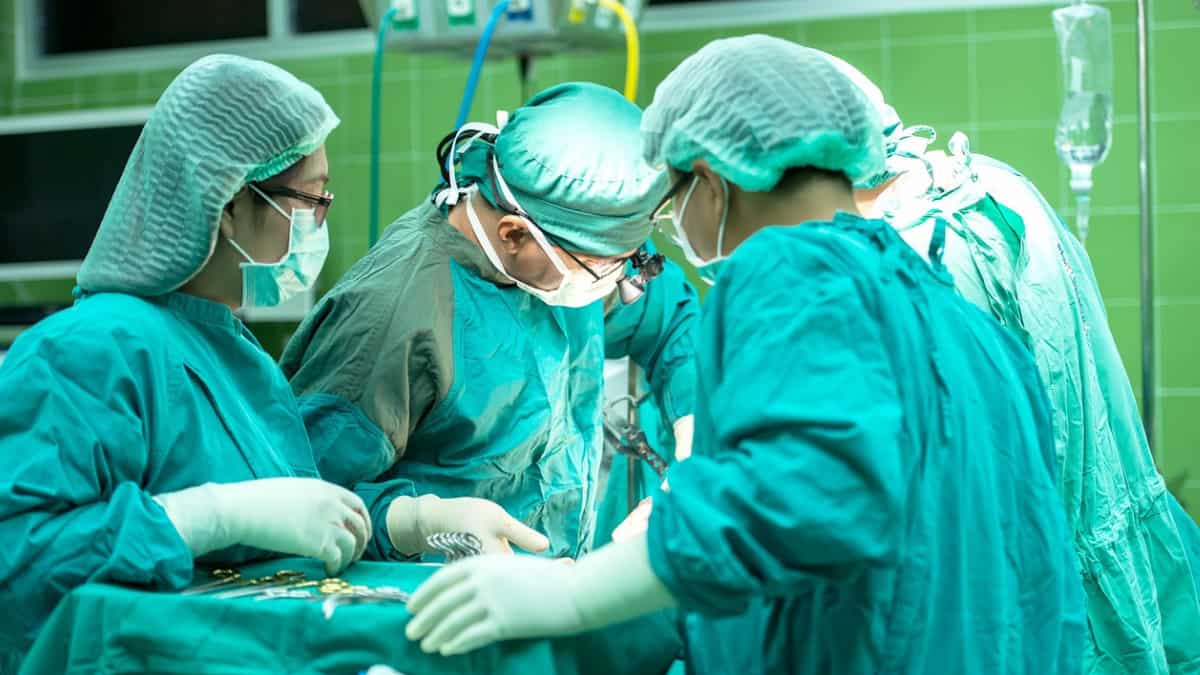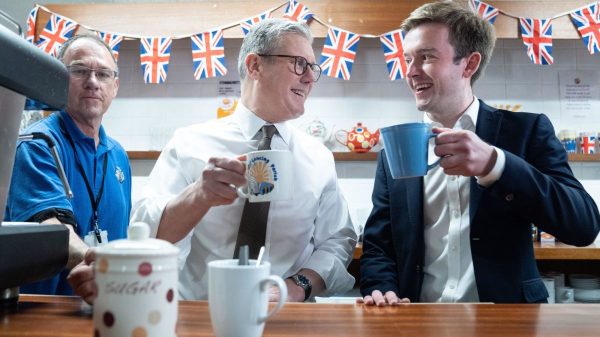Breakthrough in Medicine: Pig Kidney Transplant Success
In a groundbreaking medical achievement, 62-year-old Richard Slayman has become the first person to receive a kidney transplant from a genetically modified pig. The successful surgery has led to significant advancements in the field of organ transplantation.
Significant Milestone in Medical History
- Richard Slayman discharged from the hospital just weeks after the pig kidney transplant
- Positive outcome paves the way for cross-species organ transplantation
- Previous attempts with pig hearts failed, but the kidney transplant shows promise
Successful Recovery and Future Prospects
Following the transplant, Richard Slayman’s new kidney has been functioning effectively, performing essential tasks such as waste removal and fluid balance. His recovery has been remarkable, with doctors at Massachusetts General Hospital expressing optimism about the long-term success of the procedure.
Slayman expressed his gratitude for the exceptional care he received during his treatment and recovery. He acknowledged the support of his medical team and well-wishers, emphasizing the significance of this milestone not only for himself but for the future of organ transplantation.
Potential Impact on Organ Transplantation
Dr. David Klassen, Chief Medical Officer of the United Network for Organ Sharing, highlighted the potential of animal-to-human organ transplants following this successful surgery. While challenges and uncertainties remain, the positive outcome of the pig kidney transplant opens up new possibilities for patients in need of organ transplants.
Further research and clinical trials will be necessary to ensure the widespread availability and success of xenotransplantation. The medical community anticipates the replication of this procedure in more patients and the integration of genetically engineered animal organs into the healthcare system.
As the field of xenotransplantation advances, logistical challenges such as organ supply and patient outcomes will need to be addressed to make this innovative approach a standard practice in healthcare.















































